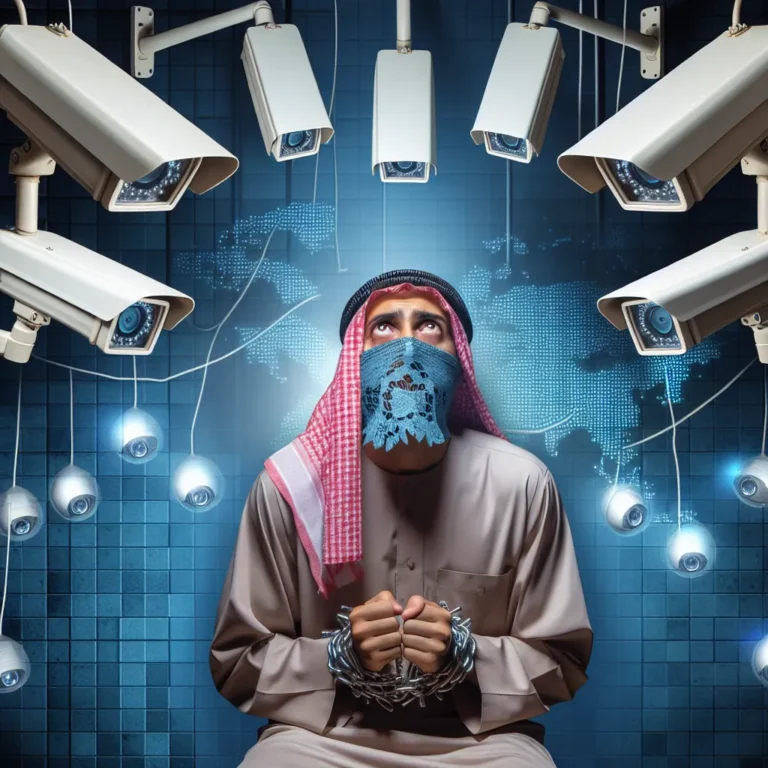
The article discusses the importance of optimizing sensor placement to enhance data collection efficiency across diverse industries such as environmental monitoring, infrastructure management, and industrial automation. It emphasizes the need to strategically position sensors to maximize the quality and quantity of data acquired, enabling more informed decision-making and improved operational performance. Furthermore, the integration of machine learning algorithms and predictive analytics, along with the use of wireless sensor networks, has streamlined the process, making it crucial in unlocking valuable insights and driving efficiencies. The second part of the article focuses on maximizing data acquisition through strategic sensor deployment, highlighting the use of advanced algorithms and modeling techniques to determine the most effective sensor placement. It also emphasizes aligning the placement of sensors with specific data collection objectives and considering environmental conditions, power supply, and connectivity for effective sensor operation and data transmission. Overall, the article effectively conveys the importance of optimized sensor placement and strategic sensor deployment in unlocking valuable insights, improving decision-making, and gaining a competitive advantage in various industries.

The article "Examining the Ethical Implications of Covert Observation in Research" delves into the ethical considerations surrounding covert observation in research. It highlights the potential value of covert observation in capturing natural behaviors but also underscores the ethical concerns related to privacy, autonomy, and informed consent of the subjects. The article emphasizes the need for researchers to carefully balance the pursuit of knowledge with the respect for individuals' rights and well-being. It discusses the potential harm to subjects and the essentiality of transparency and respect for the individuals involved. Additionally, the article touches on the central ethical challenge of ensuring informed consent and the responsibility of researchers to critically evaluate the ethical implications of covert observation. "Navigating the Moral Dilemmas of Covert Observation in Research," the companion article, explores the moral and ethical concerns entailed in the use of covert observation. It stresses the importance of considering the principles of respect for persons, beneficence, and justice, and advocates for researchers to minimize intrusion and weigh the potential benefits against the risks. Overall, both articles highlight the complexities and ethical dilemmas associated with covert observation, urging readers to carefully consider the ethical implications and engage in responsible research practices.

The evolution of surveillance methods has undergone a significant shift from analog to digital technologies, ushering in a new era of monitoring and security. Digital surveillance systems offer high-definition video quality, remote access, and advanced analytics, transforming the precision and effectiveness of surveillance. The integration of digital surveillance with internet protocol technology has enabled real-time monitoring from anywhere with internet connectivity, while also facilitating centralized control and holistic monitoring capabilities. Furthermore, the convergence of surveillance systems with emerging technologies like artificial intelligence and machine learning holds the promise of automating threat detection and ushering in an era of intelligent surveillance. The article delves into the transformative impact of digital surveillance, highlighting its potential to enhance operational resilience and adaptability in the face of dynamic challenges.

The article "Importance of Optimal Sensor Placement" highlights the critical role of strategic sensor placement in monitoring and surveillance systems, emphasizing the need to minimize blind spots and gaps for enhanced effectiveness. It delves into the significance of thorough analysis, advanced algorithms, and modeling techniques in achieving optimal sensor placement, leading to cost savings and simplified maintenance. Additionally, the article discusses the key factors that influence sensor coverage optimization, including the type of sensors, environmental conditions, layout of the area, and specific application requirements. It underscores the importance of understanding these factors for effective sensor coverage optimization. Furthermore, the article outlines best practices for maximizing sensor coverage, offering valuable insights for readers seeking to enhance the performance of their monitoring and surveillance systems.

The article discusses the significance of strategic sensor placement in maximizing data accuracy and improving data collection efficiency. It emphasizes the crucial role of strategic sensor deployment in ensuring comprehensive and highly accurate data collection, which is essential for valuable insights and informed decision-making. By carefully identifying key areas for sensor placement and addressing potential sources of interference, organizations can minimize redundant data collection and maximize critical data coverage. Moreover, strategic sensor placement enables the mitigation of issues such as signal degradation and environmental influences, thereby significantly improving the reliability of collected data. The article highlights that optimized sensor positioning contributes to cost-effectiveness, enhances the information quality for decision-making processes, and plays a crucial role in various fields, such as environmental monitoring, industrial applications, and smart infrastructure. Readers will gain valuable insights into the benefits of strategic sensor placement and its impact on data collection systems, making it an essential read for understanding the importance of optimal sensor positioning.

The article discusses the ethical considerations of covert observation in modern society, highlighting the blurred line between privacy and insight due to advancing technology. It emphasizes the invasion of privacy as a key concern, particularly in an era where surveillance technology is prevalent and individuals constantly feel their privacy is under threat. The issue of informed consent is central to the ethics of covert observation, as the autonomy and freedom of those being observed can be compromised without their awareness, leading to ethical concerns about the validity of gathered data. Additionally, the potential for misuse and abuse of covert observation techniques raises ethical red flags, with the need for strict adherence to legal and moral boundaries to prevent such exploitation. The article concludes by emphasizing the delicate balance required between gathering valuable insights and preserving individual privacy and autonomy, as well as the importance of implementing clear regulations and promoting open discussions to respect privacy rights. It offers a comprehensive exploration of the ethics surrounding covert observation, encouraging readers to engage with the nuanced considerations and implications of this complex issue.

The article explores the ethical considerations in surveillance techniques, raising crucial dilemmas regarding privacy, consent, and the risk of misuse and abuse. It highlights the delicate balance between security and individual rights, emphasizing the need for safeguards to prevent unauthorized access and exploitation of surveillance data. The following section delves into privacy concerns and surveillance practices, shedding light on the ethical implications of increasingly sophisticated surveillance methods and the erosion of personal privacy. The article invites readers to engage with the complex ethical landscape of surveillance, emphasizing the relevance of these discussions in the modern age of technological advancements and the impact on individual rights and freedoms.

The article explores the ethical conundrum surrounding covert observation in social studies, highlighting the balance between research benefits and privacy rights. It discusses the advantages of covert observation, such as gaining insights into natural behavior and uncovering hidden aspects of social interactions, while raising ethical concerns regarding privacy, consent, and potential harm. The role of ethical guidelines and institutional review boards in evaluating these implications is emphasized, underscoring the necessity for a conscientious approach that upholds ethical principles. Furthermore, the article delves into the benefits of covert observation for unveiling hidden realities, including access to authentic behavior and insights into sensitive or taboo behaviors, while acknowledging the ethical concerns and limitations associated with the method. Readers are encouraged to explore the full article to gain a comprehensive understanding of the intricate balance between advancing knowledge and respecting individuals' rights to privacy in covert observation.

The articles highlight the importance of strategic sensor placement in maximizing efficiency across different industries, emphasizing its role in data-driven decision-making and process optimization. The first article emphasizes the need for a comprehensive assessment of the operational landscape and discusses how advancements in sensor technology have expanded the possibilities for strategic placement. The second article focuses on the benefits of strategic sensor deployment, including optimizing resource allocation and enhancing predictive capabilities. Both articles stress the significance of leveraging strategically placed sensors to propel businesses towards optimization, agility, and competitive advantage in today's data-driven landscape, making them essential reads for anyone looking to enhance their understanding of this critical topic.

The article "The Ethics of Concealed Surveillance in Academic Studies" delves into the ethical considerations surrounding covert observation in research, emphasizing the potential violation of privacy and autonomy. It highlights the ethical concerns of privacy infringement and the impact on the autonomy of individuals under observation, and it stresses the importance of assessing potential harm and ensuring the fair distribution of benefits and burdens. Furthermore, the piece underlines the necessity for a clear ethical framework to prioritize the rights and well-being of the individuals under study. "Exploring the Moral Dilemmas of Covert Observation in Research" further emphasizes the ethical tensions between obtaining authentic data and respecting individuals' rights, stressing the need for careful consideration of potential harm and benefits, and the crucial role of ethical review boards in evaluating the moral implications. Both articles invite readers to critically examine the ethical complexities of covert observation in academic studies and the importance of upholding ethical standards.










